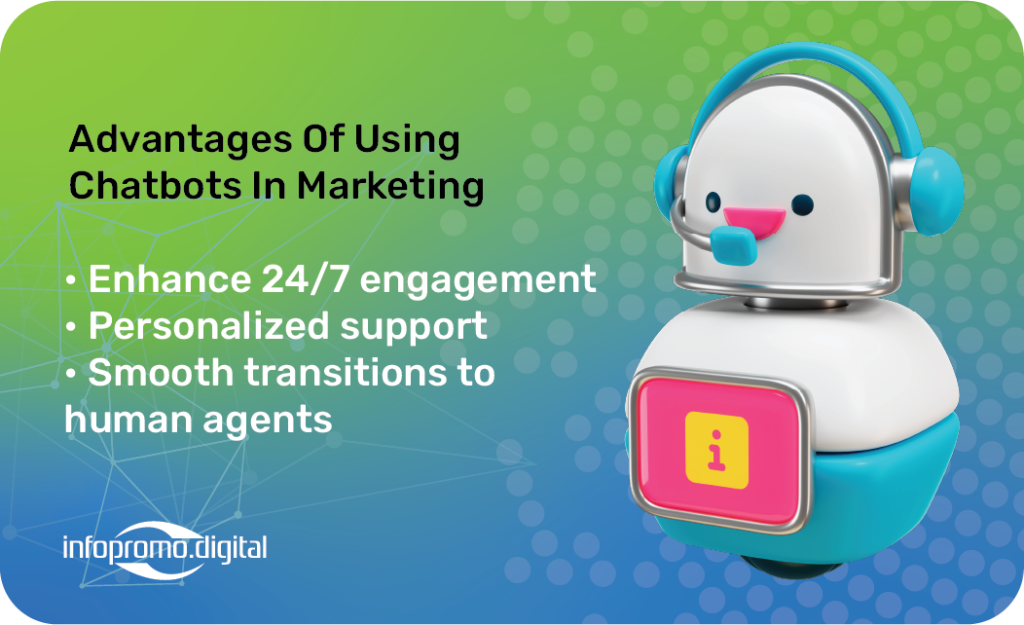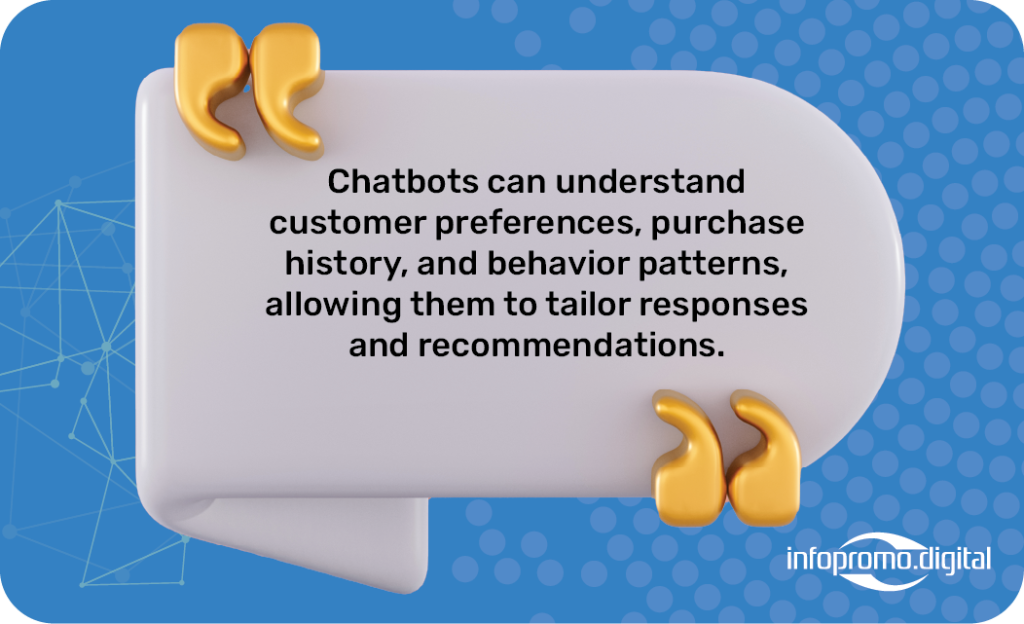
Explore how chatbots can revolutionize customer interaction. Discover best practices for using chatbots to provide personalized support.
In today’s digital age, businesses are constantly seeking innovative ways to enhance customer engagement and streamline interactions. Chatbots have emerged as a powerful tool in this quest, revolutionizing how companies communicate with their customers. These AI-driven virtual assistants are transforming customer service by providing instant, personalized support and improving overall user experience.

The Power of Chatbots in Customer Engagement
Chatbots offer numerous benefits that make them an indispensable asset for businesses. They are available 24/7, ensuring that customers can get assistance at any time of the day, regardless of time zones. This round-the-clock availability significantly boosts customer satisfaction and loyalty, as issues are resolved promptly without the need to wait for business hours.
Personalized Customer Support
One of the most significant advantages of chatbots is their ability to provide personalized support. By leveraging data analytics and machine learning, chatbots can understand customer preferences, purchase history, and behavior patterns. This information allows them to tailor responses and recommendations, creating a more engaging and relevant interaction for each user. Personalized support not only enhances customer satisfaction but also drives higher conversion rates and increases sales.

Best Practices for Implementing Chatbots
To maximize the benefits of chatbots, businesses should follow these best practices:
- Define Clear Objectives: Before implementing a chatbot, it’s essential to have clear objectives. Determine what you want the chatbot to achieve, whether it’s answering FAQs, processing orders, or providing technical support.
- Humanize the Bot: While chatbots are AI-driven, giving them a human touch can make interactions more pleasant. Use natural language processing to enable the chatbot to understand and respond in a conversational manner. This approach makes customers feel more comfortable and engaged.
- Continuous Improvement: Regularly update and train your chatbot to improve its performance. Analyze customer interactions to identify common issues and areas where the chatbot can be enhanced. Continuous improvement ensures that the chatbot remains effective and relevant.
- Seamless Handoff to Human Agents: There will be instances where a chatbot cannot resolve a customer’s issue. Ensure a smooth transition from the chatbot to a human agent, providing the agent with all relevant information to avoid customers having to repeat themselves.
- Monitor and Analyze Performance: Use analytics to track the chatbot’s performance. Metrics such as response time, resolution rate, and customer satisfaction can provide valuable insights into how well the chatbot is functioning and where improvements are needed.
Conclusion
Chatbots are revolutionizing customer engagement by providing instant, personalized support that enhances the overall customer experience. By following best practices such as defining clear objectives, humanizing the bot, and continuously improving its performance, businesses can maximize the benefits of chatbots and create more meaningful interactions with their customers. Embracing this technology not only boosts customer satisfaction but also drives business growth and success in today’s competitive market.




